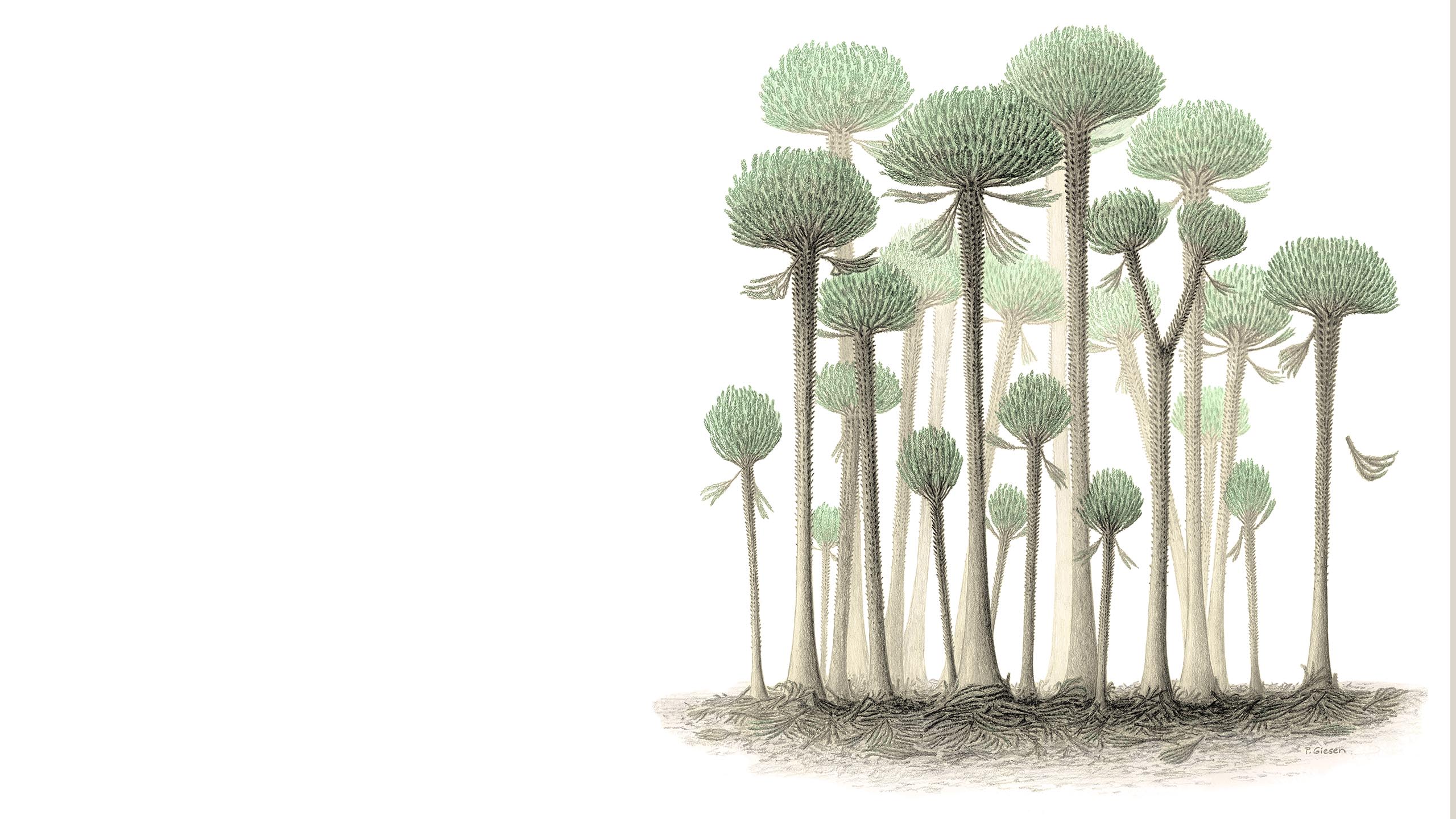
The world's oldest forest, dating back 390 million years, has been discovered in England. The fossilized trees were found in the Hangman Sandstone Formation near Minehead and are believed to have stood at around 2-4 meters tall. These ancient plants called Calamophyton would have been prototypes of modern-day trees and quite short, between two and four metres tall, with branches covered in hundreds of twig-like structures instead of leaves. The evidence contained in these fossils preserves a key stage in Earth's development when rivers started to operate in a fundamentally different way than they had before. These ancient plants helped stabilize riverbanks and coastlines hundreds of millions of years ago.



